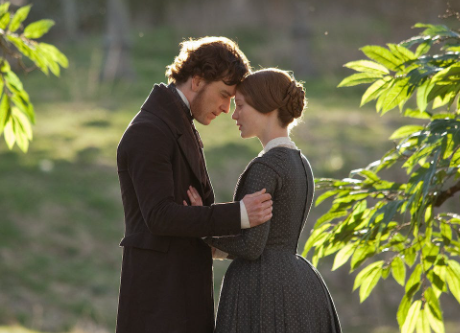The Influence of Romanticism in Jane Eyre
Jane Eyre, written by Charlotte Brontë, is a novel that encapsulates the essence of Romanticism through its themes, characters, and settings. Understanding the Romantic influences in this classic work not only deepens our appreciation for the story but also sheds light on the socio-cultural context of the time. This exploration reveals how Romanticism shaped the emotional landscapes of literature and the characters we grow to love.
The Power of Emotion and Individualism
One of the hallmarks of Romanticism is its emphasis on intense emotion and individualism. In Jane Eyre, the protagonist, Jane, navigates a world filled with personal struggles and profound feelings. Her journey is not just about romantic love; it’s also about her quest for autonomy and self-worth in a society that often marginalizes women. The novel beautifully portrays her internal conflicts and emotional responses, aligning with the Romantic ideal that true understanding comes from one’s emotional experience. Readers can relate to Jane’s journey as she defies societal expectations to carve her own path, which is a central theme in Romantic literature.
Nature as a Reflection of Emotion
Another significant aspect of Romanticism is the use of nature to mirror emotional states. Brontë skillfully employs natural imagery to reflect Jane’s feelings and experiences throughout the novel. For instance, the moors serve as both a backdrop and a symbol of freedom and isolation. When Jane finds solace in nature, it emphasizes her yearning for independence and authenticity. These vivid descriptions not only enrich the narrative but also invite readers to connect with the characters on a deeper emotional level. The interplay between nature and human emotion serves as a poignant reminder of how external environments can shape our inner selves.
The Role of the Byronic Hero
The concept of the Byronic hero, a staple in Romantic literature, is vividly embodied in the character of Mr. Rochester. He is complex, emotionally troubled, and deeply flawed, which makes him both alluring and tragic. His relationship with Jane is fraught with tension and passion, illustrating the Romantic ideals of love that is tumultuous and transformative. Rochester’s struggles with his own identity and past mirror Jane’s search for self-understanding. Their love story transcends mere romance, evolving into a partnership that challenges societal norms and personal demons, highlighting the Romantic belief in the power of love to overcome adversity.
In conclusion, the influence of Romanticism in Jane Eyre enhances our understanding of its themes and characters. From the exploration of intense emotions and individualism to the rich interplay between nature and human experience, Brontë’s novel is deeply rooted in Romantic ideals. To fully appreciate the complexities of Jane Eyre, readers are encouraged to delve further into the nuances of Romanticism in literature. Exploring these connections can open up new pathways for understanding both the novel itself and the broader cultural movements of the time. Embrace your curiosity and discover how these themes resonate in today’s world!
